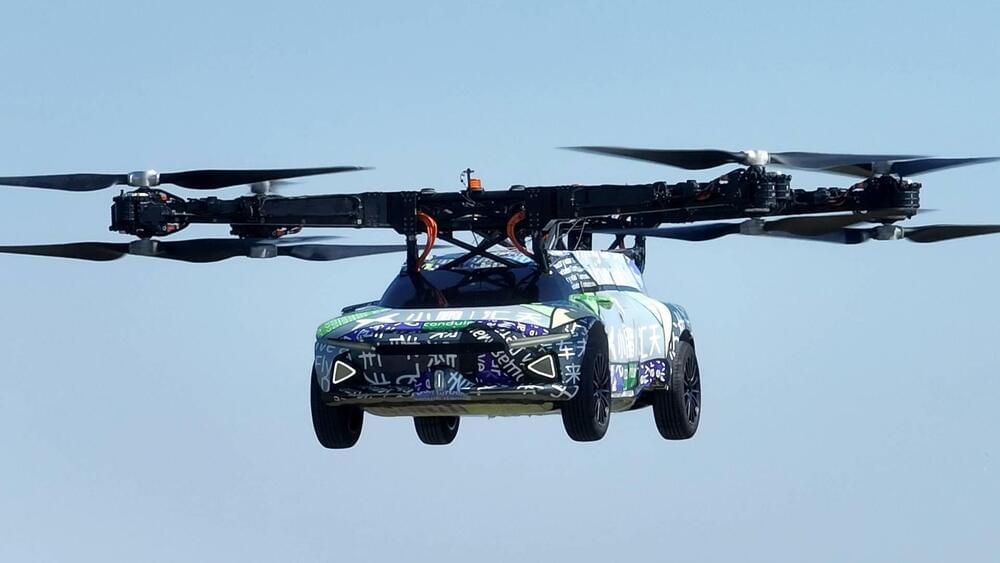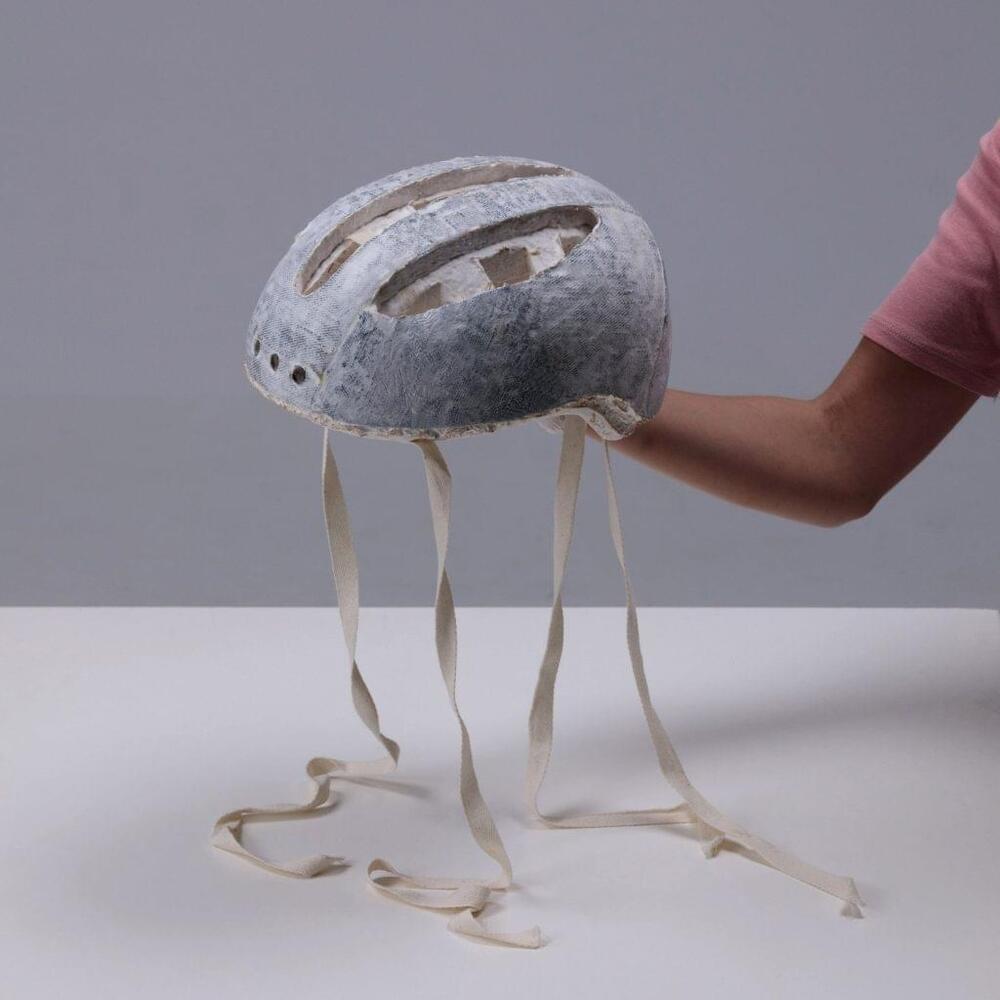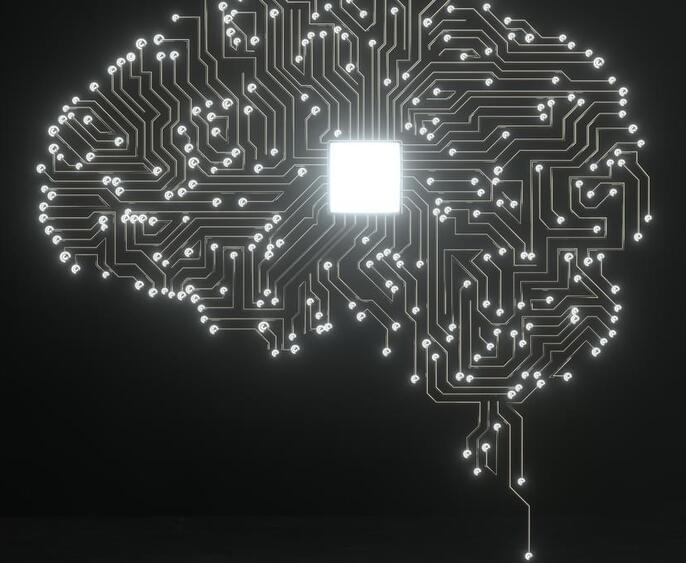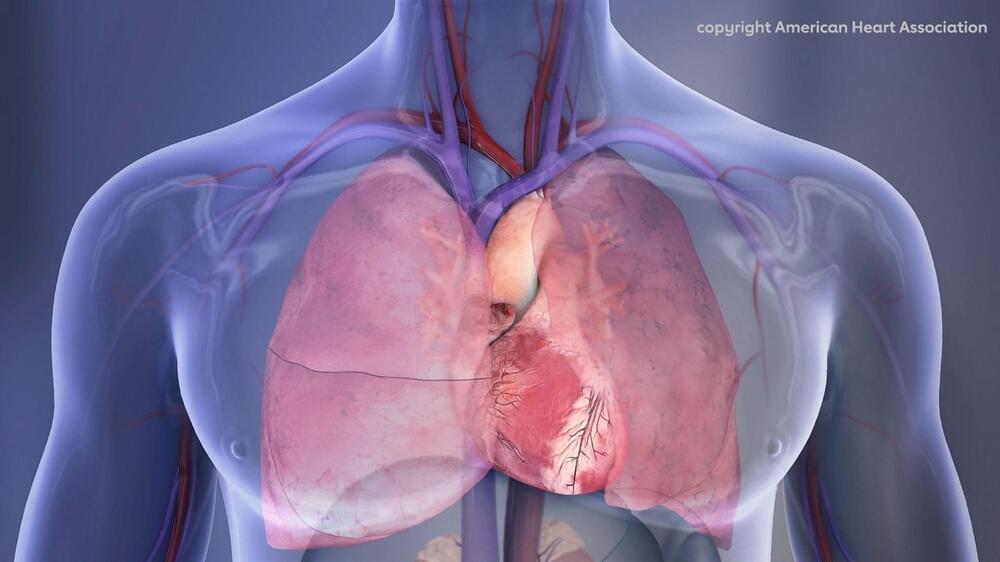It can be maneuvered quite easily while flying as it has full range of motion in the air.
XPENG AEROHT, the largest flying car company in Asia, released the latest version of the world’s first fully electric vertical take-off and landing (eVTOL) flying car last week in China, according to a press release by the company.
Designed for both flying and driving
“Designed for both air flight and road driving, the flying car conveniently features a sleek rotor fold-away system for seamless conversation between driving and flying. It is equipped with a new flight control system equipped with fault-tolerant control functions and a dual-engine backup system to ensure safety,” said the statement.







